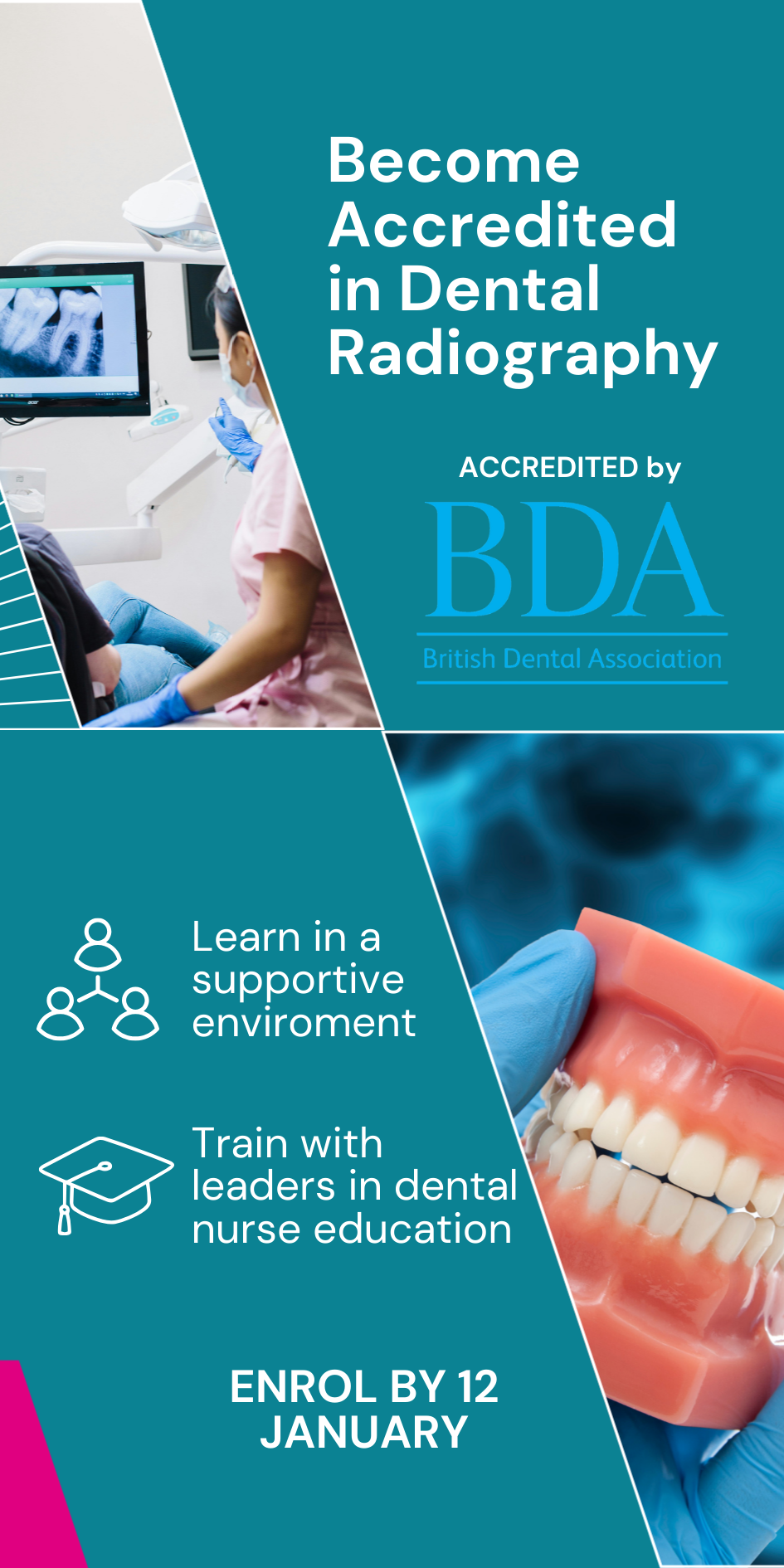A Cantilever Bridge is used to fill in a space in the mouth which is present due to a possible extraction. It is used in areas where your teeth are not under as much stress such as the front of your mouth, where there is only one healthy tooth on the side if the gap.
A Cantilever bridge consists of a false tooth – known as a Pontic, which is set against a porcelain crown – the abutment. Usually, the patient is needing to have a tooth removed and the bridge is going to be the replacement, if this is the case the dentist will have the patient come in approximately 8-12 weeks prior to the bridge preparation, take an impression for a partial denture, extract the tooth and fit the denture to let the gum area heal before the preparation as to have the gum margin at a good level.
Advantages of this bridge are that they are more aesthetically pleasing than dentures. They have a good life span of approximately 10 years and only require 2 dental visits – one for the preparation and one for the fit.
Disadvantages of this bridge are that like all bridges, you are cutting into a perfectly healthy tooth during the preparation which could cause damage to the tooth in the future and the patient needs to have a dedicated oral hygiene routine at home as bridges do require more attention.
The preparation of the Cantilever bridge is roughly the same as Maryland bridges, although there is significantly more drilling of the supporting tooth. The dentist will begin by taking 2 alginate impressions of the opposite teeth – if the bridge is going on the lower jaw, the alginate will be taken of the upper jaw or vice versa. This will be taken in the appropriate sized impression tray and will have adhesive spread onto it to hold the alginate in place. The nurse will measure out the correct amount of alginate to correlate with the size of tray. The nurse will then mix the correct measure of water to the alginate powder to form a thick paste. The dentist will then load this into the tray and place into the patients’ mouth for approximately 2 minutes. They will do this twice as a second alginate is needed to make a temporary bridge. Usually, the patient will have a partial denture to cover the space and the second impression will be taken with is in place to have a copy of a tooth to make the temporary crown with. Occasionally, the patient will want to keep their denture in so just a temporary crown will be made to cover the prepared tooth. They will then take a bite registration. This is done by spreading a bite registration mix across the patients’ Occlusal biting surface and the patient will be asked to bite down with their normal bite. This sets in approximately 1 minute. The dentist does theses two impressions to help the dental technicians cast up the upper and lower jaws and record the bite to match the restoration to the mouth.
The dentist will then begin the preparation of the supporting tooth. The dentist will use a fast hand piece and appropriate bur to shape the tooth beside the gap down into a kind of peg shape for the abutment to fit over. While the dentist is shaping, the nurse will be required to aspirate with both the aspiration and the slow saliva ejector to collect all water and debris as to keep the patient comfortable. Once the dentist has taken the tooth down to the appropriate dimension, they will place some retraction cord soaked in Racestyptine underneath the gum level. This will cease any bleeding and will help give an accurate impression as it emphasises the margins of the tooth to gum. Once happy with the preparation, the dentist will then ask the nurse for a putty impression. The putty is usually a base and catalyst mix of soft material (Aquasil, for example). They will be two different contrasting colours and will need to be mixed by hand until it has become fully blended together to give one solid colour. (A few dentists out there have a machine that mixes it for you; you literally just hold the tray below it to load it up, but you will more than likely mix by hand) This will be loaded into another impression tray. The dentist will then place this into the patients’ mouth in an impression tray and leave to set for approximately 3 minutes. The dentist will then remove this impression and will then place a light body mixture over the impression, and on the site of the prepared tooth and places back into the mouth again for a few minutes again. This light body material gives a more accurate reading of the prepared tooth.
Once these impressions have been completed they must be soaked in a disinfection bath for approximately 10 minutes to fully disinfect before it is sent to the laboratory for construction. The dentist will require a temporary crown to be made. This will sit over the shaped tooth and will fill the gap until the crown is returned from the lab to be fitted in 2 weeks time. This will consist of using material such as Protemp in the correct shade to make the temporary crown. The dentist will place this mixture into the appropriate alginate impression to set into the shape of the teeth. Once this has set, the dentist will adjust the temporary bridge to fit the patient and remove any sharp or rough surfaces. This temporary bridge is held in by temporary cement such as Tempbond which is used as it is easier to remove the temporary bridge at the fit appointment without too much force or effort.
The impressions will then be rinsed under the tap and the alginate impression will then be wrapped in wet tissue as to avoid shrinkage and warping. They will be sent to the laboratory and the bridge will be returned in two weeks for the fit appointment.
Two weeks later, the patient will return and the temporary bridge will be removed and the dentist will then try in the permanent bridge. The dentist will check the marginal fit of bridge and the bite of the bridge with articulating paper. The dentist will let the patient look at the bridge and as long as they are happy with the colour, length and fit, it will be permanently cemented in with cement such as Fuji Plus.
The dentist will then run though some Oral Health Instructions (OHI) with the patient. The patient will be made aware of the need to floss around the bridge, preferably with Superfloss which is specifically designed for bridge care. They will be instructed to do this as under the bridge is a food trap and this needs to be kept clean as to avoid decay to the supporting tooth where the abutment is placed as this needs to be healthy to support the bridge. The patient will be advised though also brush along the gum line as to keep the gum margin healthy and to avoid recession which if happens will show the cervical margin of the tooth which will show as a dark line which cosmetically is unwanted. Interdental brushes such as Tepees or Pixters are recommended for cleaning interproximinal areas.
What do I need?
In surgery you will need the following:
- Mirror
- Probe
- Tweezers
- Spoon Excavator
- Ball Ended Burnisher
- Flat Plastic
- Wards Carver
- Hand Pieces – Slow and Fast
- Appropriate burs
- Saliva ejector
- Aspiration tip
For the preparation you will need:
Appropriately sized impression trays – upper and lower
- Tray adhesive
- Alginate – Bowls and spatula
- Bite registration
- Retraction Cord
- Racestyptine
- Putty – base and catalyst
- Mixing tips
- Articulating paper
- Temporary crown/bridge material
- Floss
- Microbrushes
- Cement – Fuji Plus
- Wet tissue
- Bags
- Lab docket



